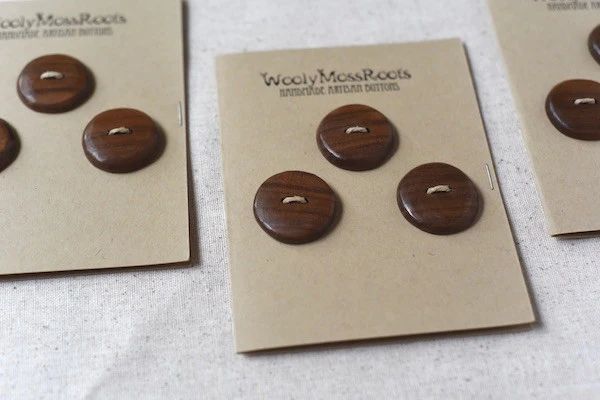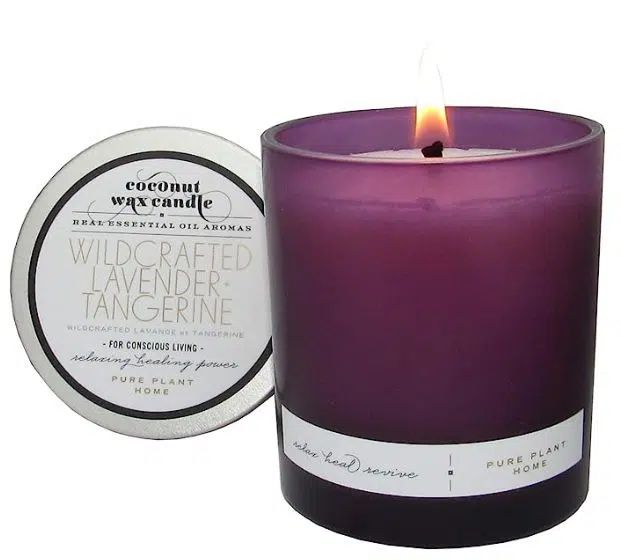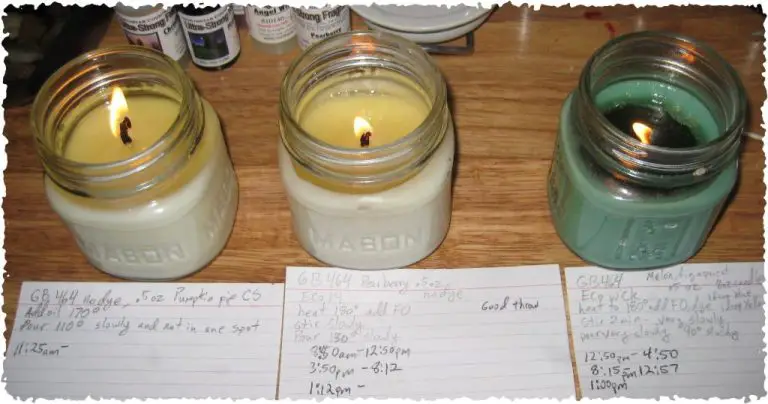What Is A Paraffin Machine?
What is a Paraffin Wax Bath?
A paraffin wax bath is a type of spa treatment that utilizes warm paraffin wax to provide therapeutic benefits. Paraffin wax bath machines are used to melt and heat the wax to an ideal temperature before submerging a body part such as the hands or feet.
The paraffin wax itself is derived from petroleum. It has a soft, thick consistency and a low melting point, allowing it to transition smoothly from solid to liquid state at warm temperatures. The wax is heated to 130°F or higher in an electric paraffin bath before use.
To use a paraffin wax machine, the desired body part is first prepped by cleaning and applying mineral oil. The body part is then submerged into the warm wax, allowing a layer of wax to adhere to the skin. The wax insulates the area and transfers gentle heat. After a few minutes, the layer of wax is allowed to cool and harden on the skin. The hardened wax is then removed, revealing incredibly soft, moisturized skin underneath.
The spa treatment moisturizes the skin while the warmth temporarily increases circulation. It is commonly used for relaxation as well as for joint and muscle pain relief associated with arthritis, tendinitis, and carpal tunnel syndrome.
History and Origins
Paraffin wax baths originated in the early 1900s as a type of heat therapy. The use of paraffin wax for therapeutic purposes dates back to Roman times, when soldiers would dip their feet in warm paraffin wax to ease aches and pains after battle. However, the modern paraffin bath as we know it today emerged in the late 19th and early 20th centuries.
Paraffin wax baths first became popular at European health spas and bath houses in the early 1900s as a treatment for arthritis and joint pain. The moist heat from the melted paraffin wax helped to relax muscles, ease stiffness, and increase circulation. This allowed the treatment to gain a reputation for its healing and rejuvenating properties.
In the 1920s, paraffin wax baths made their way to beauty salons in London and Paris as a treatment for dry, cracked hands and cuticles. The hydrating and moisturizing effects of the wax transformed rough and irritated skin. This cemented paraffin baths as both a therapeutic and cosmetic treatment.
Paraffin baths grew in popularity throughout Europe and North America over the first half of the 20th century. Compact, electrically heated paraffin bath units became available for home use by the 1950s and 60s. Since then, paraffin wax treatments have become a staple self-care ritual and spa service for smooth, supple skin and pain relief.
Paraffin Wax
Paraffin wax is the main ingredient used in paraffin wax baths. It is a soft, colorless wax derived from petroleum, coal, or oil shale. Paraffin wax has a low melting point, making it easy to melt and use for therapeutic purposes. Here are some key properties of paraffin wax:
-
It is odorless and hypoallergenic, making it suitable for use on skin.
-
It has excellent thermal conductivity, allowing it to retain heat and transfer it effectively to the area of application.
-
It has a smooth texture that glides smoothly over the skin.
-
It is flexible when warm but becomes hard and immobile as it cools.
-
It is hydrophobic, so it repels water and doesn’t dissolve when in contact with moisture.
-
It has emollient properties, meaning it can soften and soothe the skin.
These unique properties make paraffin wax the ideal medium for retaining and transferring heat during wax bath therapy.
Benefits
One of the main benefits of paraffin wax baths is the therapeutic heat treatment. The warm wax helps increase blood circulation and relax muscles and joints, providing relief for conditions like arthritis, bursitis, and fibromyalgia. The heat penetrates deep into tissues, relaxing stiff joints and easing muscle spasms and aches.
The moist heating effect of the wax bath hydrates the skin, leaving it smooth and soft. The wax treatment opens pores, allowing impurities to be drawn out. This leads to exfoliation and leaves skin rejuvenated. The hydration soothes conditions like eczema and psoriasis.
Some studies have shown paraffin wax treatments can help reduce swelling and stiffness in hands affected by rheumatoid arthritis. The wax’s warmth decreases sensitivity to pain by acting on thermoreceptors. This provides a mild analgesic effect.
Wax baths are often used in physical therapy for hand injuries, to improve mobility and flexibility. The heat boosts circulation, speeding up the healing process. The wax’s thermal effects also help ease sports injuries and soothe sore muscles after exercise.
Paraffin treatments offer relaxation benefits as well. The warmth is calming and meditative. The sensation of dipping extremities in wax is soothing and therapeutic. This makes wax baths helpful for reducing stress.
Uses
Paraffin wax baths have a variety of therapeutic and cosmetic uses. The main uses and applications include:
Pain relief – The warmth from the paraffin wax helps relax muscles and joints, easing stiffness, soreness, and pain associated with arthritis, sprains, strains, and other conditions. It increases blood circulation which can reduce inflammation.
Moisturizing – Paraffin is an excellent moisturizer for dry and cracked skin on hands, feet, and elbows. It infuses skin with hydration and softens rough areas.
Therapeutic effect – The comforting heat and sensory input from a paraffin bath can have a meditative, therapeutic effect. The relaxation can aid stress and anxiety relief.
Skin conditions – Dermatologists sometimes recommend paraffin treatments for psoriasis, eczema, and other inflammatory skin conditions. The wax helps soothe and heal irritated skin.
Rejuvenation – Paraffin wax’s hydrating properties can rejuvenate skin on the face, feet, and hands, improving texture and appearance. Salons offer paraffin facials.
Nail care – Dip nails into melted paraffin to soften cuticles, hydrate nail beds, and improve circulation. This makes nails easier to shape and polish.
Sports recovery – Athletes can use paraffin baths to ease muscle soreness and promote healing after intense workouts or competitions.
Procedure
Using a paraffin wax bath is a straightforward process. Here are the step-by-step instructions for getting the most out of your paraffin wax treatment:
-
Clean and dry the area you wish to treat. Make sure the skin is completely dry so the wax adheres properly.
-
Apply a thin layer of oil or moisturizing cream to the area first. This helps protect the skin and makes wax removal easier.
-
Dip the area into the wax bath slowly. Submerge up to, but not over, the wrists or ankles. The wax should be warm but not too hot.
-
Wait for a layer of wax to adhere and harden, then dip again to build up layers. Repeat for a total of about 10-20 layers.
-
Leave the wax on for 15-30 minutes as it cools and hardens further. The wax wrap insulates the area and allows the heat to penetrate deeply.
-
Peel off the wax gently. It should come off in large pieces without pulling at skin or hair.
-
Follow up with more moisturizer or oil to soothe and hydrate the skin.
-
Clean out the wax bath fully before the next use. Melt out any wax buildup to keep the bath clean.
Always monitor temperature carefully throughout the process. Adding layers slowly prevents burns. Enjoy the therapeutic warmth and relaxation of your home paraffin wax treatment!
Safety Tips
When using a paraffin wax bath, it’s important to keep safety in mind to avoid potential burns or other injuries.
Here are some key safety tips to follow:
- Check the temperature before immersing any body part. Paraffin wax should be heated to 130-140°F to avoid burns.
- Do not overheat the wax, as this increases the risk of burns.
- Test a small area of skin first before fully immersing.
- Never leave the unit unattended when in use.
- Keep away from children and supervise use.
- Avoid immersing sensitive skin areas.
- Remove jewelry before using the paraffin bath.
- Allow wax to fully cool and harden before attempting to remove.
- See a doctor if you experience any burns or reactions.
By following basic precautions, paraffin wax treatments can be enjoyed safely at home.
Maintenance
Proper maintenance is crucial for keeping your paraffin wax bath clean and functioning properly. Here are some tips for cleaning and maintaining a paraffin wax bath machine:
Clean the Wax: The wax itself needs regular cleaning to remove dead skin cells, dirt, and debris. Every few days, skim off any skin or dirt that has accumulated on the wax surface. Every few weeks, drain and replace old wax with new. Discard used wax properly.
Deep Clean the Tank: Every month or two, drain all the wax and wipe down the inside of the tank thoroughly with a soft cloth and warm water to remove residue buildup. Avoid harsh chemicals that could damage the tank’s surface.
Change the Filter: Most paraffin baths have an integrated filter system to keep wax debris from clogging the unit. Replace this filter according to manufacturer guidelines, usually every 3-6 months.
Inspect Heating Element: Check that the heating unit and thermostat are functioning properly. Make sure the wax melts evenly and maintains the appropriate temperature.
Clean Exterior: Wipe down the outside of the unit regularly with a damp cloth to keep the surface clean and free of dust or spills.
Prevent Mineral Buildup: Use distilled water when cleaning the tank to prevent mineral deposits. Descaling agents can also help remove any accumulated mineral buildup.
Following the manufacturer’s instructions and establishing a regular maintenance routine will help keep a paraffin wax bath in good working order for clients.
Cost
The costs of purchasing and operating a paraffin wax bath can vary depending on the size and features. Here are some general guidelines:
Home paraffin bath units typically range from $40 to $100 for basic models and up to $200 or more for larger capacity units with more features like temperature controls and timers. Professional paraffin units used in salons and spas start around $300 and go upwards of $600.
Operating costs will mainly consist of purchasing bulk paraffin wax. Expect to pay $1 to $3 per pound of wax. On average, a standard paraffin bath uses about 1 pound of wax per client treatment. Wax can usually be re-used to some extent before replacing, helping reduce ongoing costs. With proper care and maintenance, the bath units themselves can last for years with minimal repair or parts replacement needed over time.
There are also costs associated with ancillary supplies like liners, mitts, booties, and any essential oils or skin products. These recurring costs are relatively minimal compared to the wax itself.
In summary, paraffin wax baths represent an affordable spa treatment option both for home use and professionally, with the main costs tied to purchasing the initial equipment and restocking the paraffin wax. Proper maintenance and smart wax reuse helps maximize return on investment over time.
Summary
A paraffin wax bath is a spa treatment that involves dipping the hands, feet, or body into warm paraffin wax to provide moisturizing and therapeutic benefits. Paraffin wax has a low melting point, allowing it to be melted and used for treatments. It originated in the 19th century as a treatment for arthritis when pharmacists noticed it provided pain relief.
Today, paraffin wax baths are used to hydrate the skin, improve circulation, relieve joint pain and stiffness, and relax muscles. The warmth of the wax soothes aches and pains while the wax forms a barrier to lock in moisture. Paraffin treatments are commonly offered at nail salons, spas, and physical therapy offices. Proper safety precautions should be followed, like testing wax temperature before dipping extremities. Overall, paraffin wax baths provide an affordable at-home spa treatment with a host of benefits.






